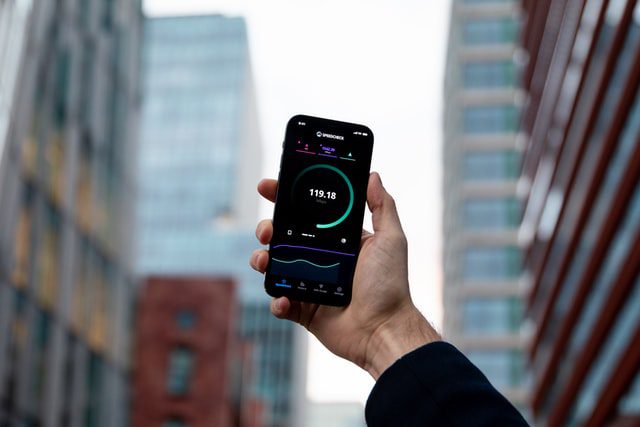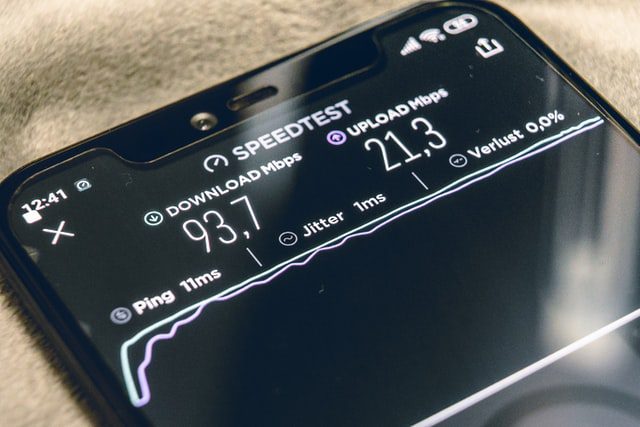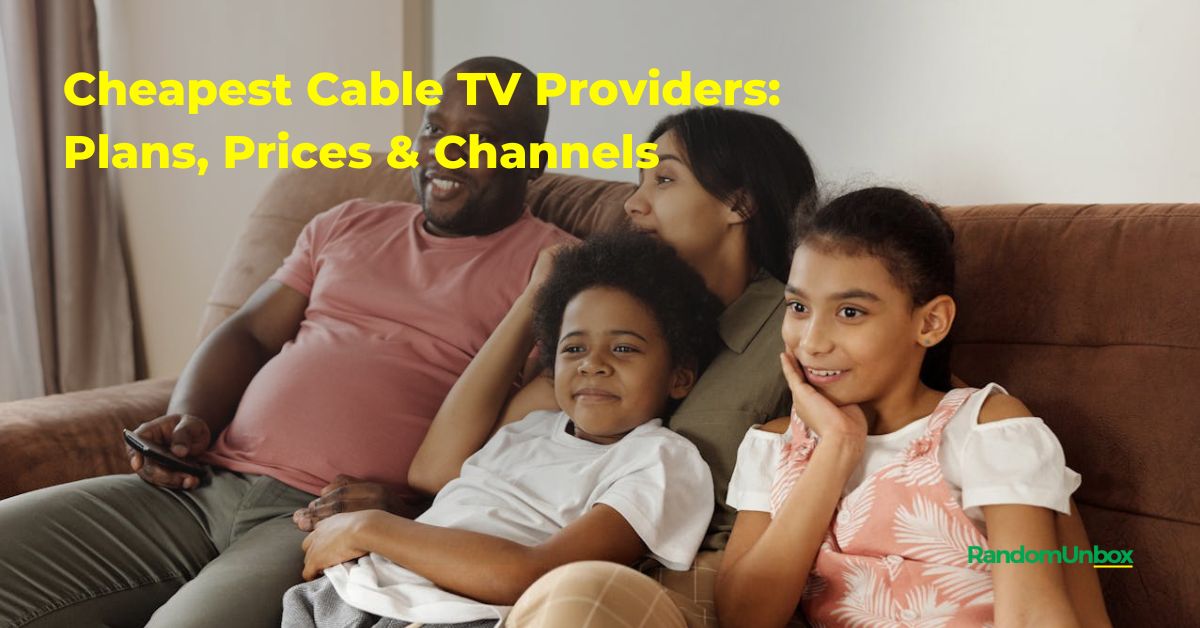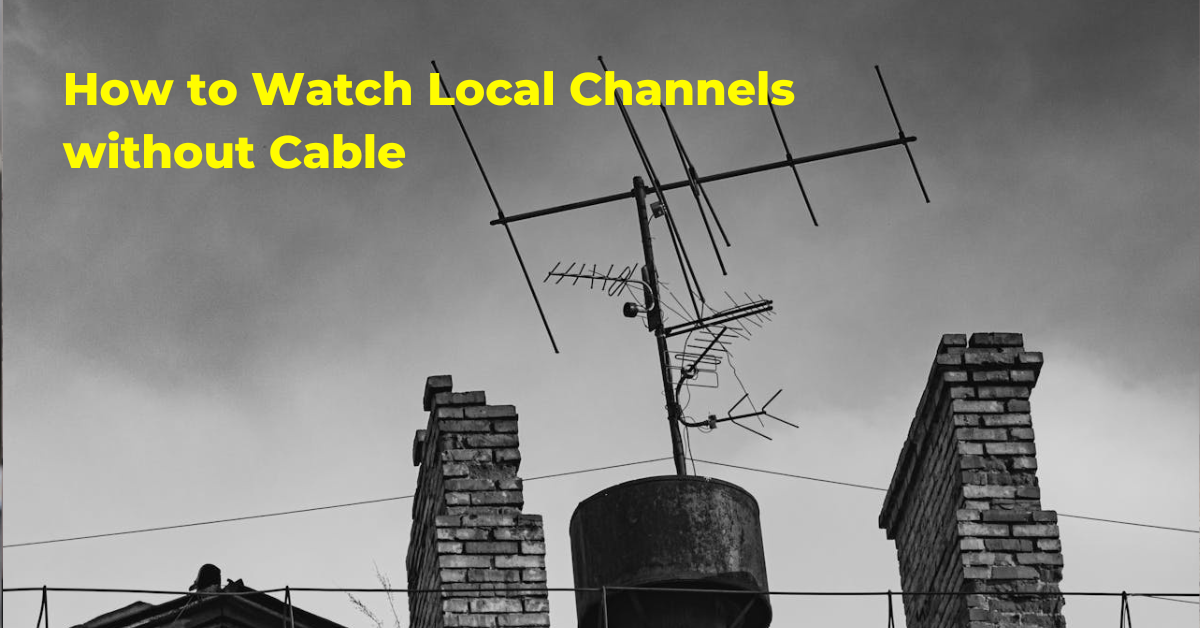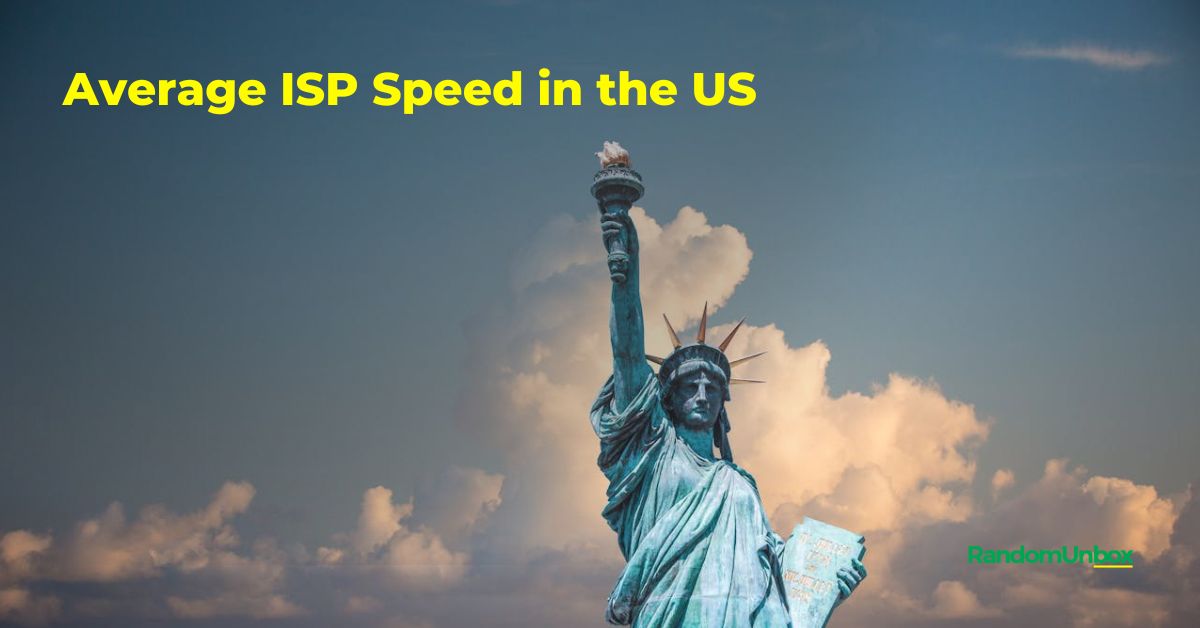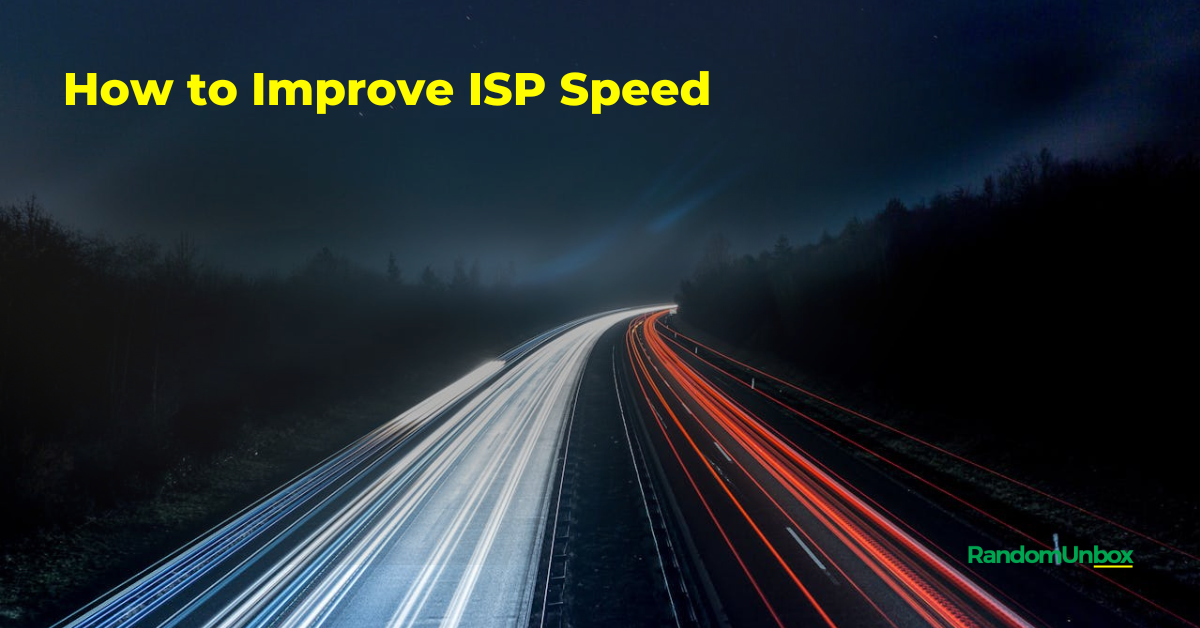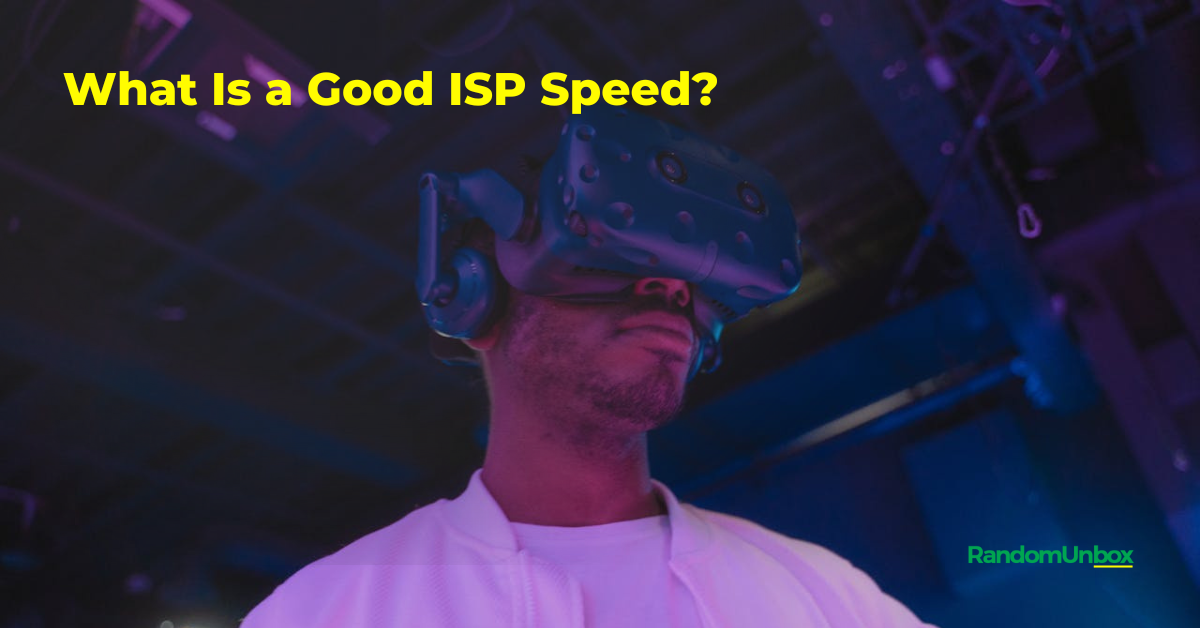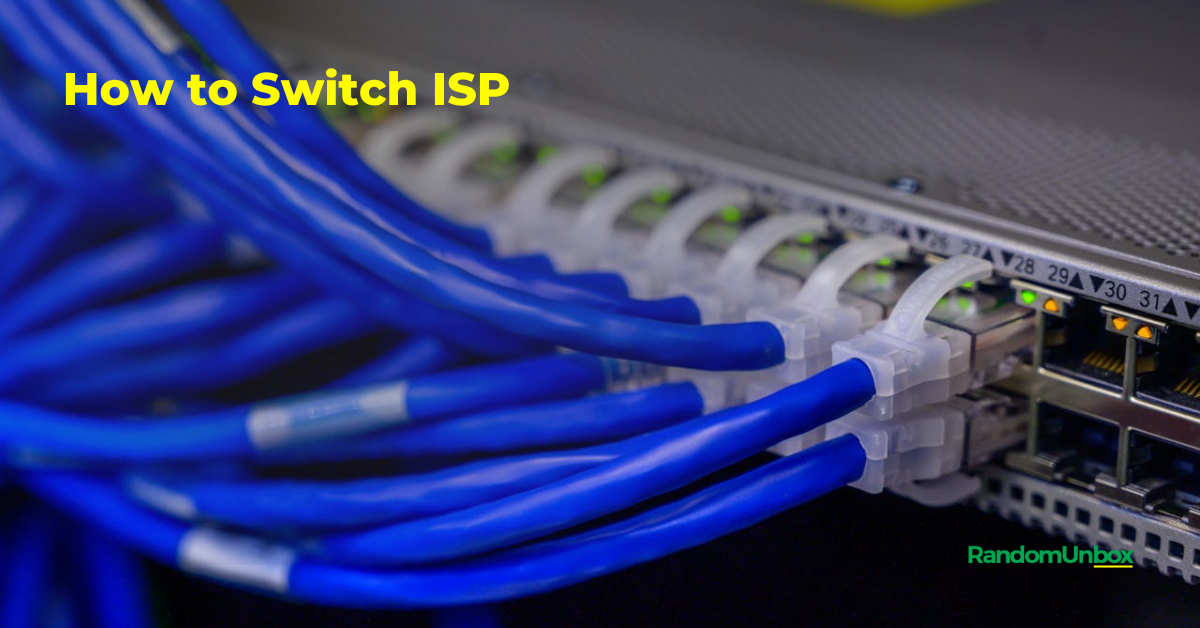One of the great things about living in the United States is that there are many programs and services available to help those in need. One of these services is free government internet.
While there are some requirements that must be met in order to qualify for this service, it is a great way to get connected to the internet without having to pay a monthly bill.
U.S Government Commitments to providing free internet
President Biden declared on May 9, 2022, that 20 internet service providers had agreed to provide a high-speed internet connection to eligible families for $30 or less. This is crucial for two reasons.
- First, the Affordable Connectivity Program (ACP) will pay up to $30 per month for eligible low-income households, covering the whole cost and providing these families with high-speed internet at no cost.
- Second, high-speed internet is increasingly becoming a necessity for school, work, and day-to-day life.
This agreement will help close the digital divide and provide families in need with the resources they need to succeed.
Internet Providers with Affordable Connectivity Program (ACP) commitments
Find out if your internet service provider has an ACP commitment.
The Affordable Connectivity Program (ACP) is a voluntary program that Internet Service Providers (ISPs) can sign on in order to help make broadband Internet service more affordable for low-income households. ACP-committed ISPs agree to offer a low-cost home Internet plan to eligible low-income households.
Eligibility for the low-cost home Internet plan offered by an ACP-committed ISP depends on the household’s income and the number of people in the household. For example, a low-income household of four people with an income below $34,000 per year would be eligible for the low-cost home Internet plan.
If you are a low-income household and you are interested in finding out if your ISP has an ACP commitment, you can visit the FCC’s website. On the website, you will be able to search for your ISP by name and see if they have an ACP commitment.
If your ISP does not have an ACP commitment, you can still get help with your broadband Internet service costs through the Lifeline program. Lifeline is a government program that provides a monthly discount on your broadband Internet service bill. To find out if you are eligible for the Lifeline program, you can visit the Lifeline website.
| Allo Communications | Learn More |
| AltaFiber | Learn More |
| Hawaiian Telecom | Learn More |
| Optimum | Learn More |
| Suddenlink | Learn More |
| Astound | Learn More |
| AT&T | Learn More |
| Breezeline | Learn More |
| Xfinity | Learn More |
| Comporium | Learn More |
| Frontier | Learn More |
| IdeaTek | Learn More |
| Cox Communications | Learn More |
| Jackson Energy Authority | Learn More |
| Mediacom | Learn More |
| MLGC | Learn More |
| Spectrum | Learn More |
| Starry | Learn More |
| Verizon (Fios only) | Learn More |
| Vermont Telephone Company | Learn More |
| Vexus Fiber | Learn More |
| Wow! |
Do you qualify for Free and Low-Cost Internet?
If you’re struggling to make ends meet, you may be wondering if you qualify for low-income internet. The good news is that there are a number of programs available to help low-income families get online.
Each of the low-income options we’ll discuss have different standards to qualify. But you’re a good candidate for most if your household makes less than or equal to 200% of the federal poverty guidelines or you already qualify for one or more government assistance programs:
- National School Lunch Program (NSLP)
- Public Housing (HUD)
- Supplemental Nutrition Assistance Program (SNAP)
- Supplemental Security Income (SSI)
- Temporary Assistance for Needy Families (TANF)
If you qualify for any of these programs, you likely qualify for low-income internet. So, how do you get started?
The first step is to find an internet service provider (ISP) that offers low-income internet. There are a number of these ISPs available, so take some time to research your options. Once you’ve found an ISP that you’re interested in, you’ll need to fill out an application.
Be sure to have all of the required documentation ready when you apply. This may include proof of income, proof of address, and proof of participation in a low-income assistance program. If you have any questions about what you need to apply, be sure to contact the ISP.
Once you’ve submitted your application, the ISP will review it and determine if you qualify for low-income internet. If you do, they’ll provide you with information on how to get started with their service.
If you don’t qualify for low-income internet, don’t worry. There are still a number of ways that you can get online. Be sure to check out our other articles on how to get internet for free or at a discount.
Which internet service providers offer no-cost internet access?
There are a few internet service providers (ISPs) that offer no-cost internet access. This means that you can get online without having to pay for the service.
One of the biggest ISPs in the US, Comcast, offers a program called Internet Essentials. This program provides low-cost internet to people who live in certain areas, have a low income, or are part of a qualifying household.
Another big ISP, AT&T, has a program called Access from AT&T. This program provides internet to low-income households for a reduced price.
There are also a few small ISPs that offer free or low-cost internet to qualifying households. These include FreedomPop, which offers free internet to low-income households, and Open Internet Access, which provides low-cost internet to people who live in certain areas.
If you’re looking for a no-cost or low-cost internet option, be sure to check with your local ISPs to see if they offer any programs.
How to get no-cost Altice Suddenlink and Altice Optimum internet
If you’re an Altice customer, you can get free internet for 60 days. That’s right, free. No bill, no catches, no nothing. Just free internet for two months to help you through these tough times.
To get your free internet, simply go to the Altice website and log in to your account. From there, you’ll see an option to enroll in the 60-day free internet offer. Once you enroll, your free internet will be activated within 24 hours.
That’s all there is to it! Free internet for two months, no strings attached. So if you’re an Altice customer, take advantage of this great offer and stay connected during these tough times.
How to get no-cost HBC Internet
If you’re looking for free or low-cost internet service, there are a few options available through the HBC service area. One option is to participate in the National School Lunch Program (NSLP). This program provides free or reduced-cost lunches to eligible children who attend participating schools. To see if your child is eligible, contact your school’s office or the NSLP directly.
Another option for free or low-cost internet service is the Telephone Assistance Program (TAP). This program provides a discount on your monthly phone bill for eligible low-income customers. To see if you qualify, contact the TAP directly.
Once you’ve determined that you or your family are eligible for either of these programs, simply sign up for service through HBC.
How to get low-cost Comcast Xfinity Internet
If you’re looking for low-cost internet from Comcast, Xfinity has a few different options available.
The first option is their Internet Essentials plan, which is designed for low-income households. It provides speeds up to 15Mbps for just $9.95 per month. There are no contracts or equipment rental fees, and you can get started for free with a 30-day trial.
If you don’t qualify for the Internet Essentials plan, Xfinity also offers a low-cost plan for seniors. The Senior Citizens Discount plan offers speeds up to 10Mbps for just $14.99 per month. There is no contract, and you can cancel at any time.
Finally, Xfinity also has a low-cost plan for those with a disability. The Accessibility Discounted Internet plan provides speeds up to 10Mbps for just $14.99 per month. There is no contract, and you can cancel at any time.
So if you’re looking for low-cost internet from Comcast, Xfinity has a few different options available. You can choose the plan that best fits your needs, and get started for as little as $9.95 per month.
How to get low-cost AT&T Internet
AT&T Access is a low-cost Internet program available to low-income families who participate in the Supplemental Nutrition Assistance Program (SNAP) or receive Supplemental Security Income (SSI) benefits in California. Families who qualify can get high-speed Internet service at an affordable rate.
The Access program is part of AT&T’s ongoing commitment to close the digital divide and help make the Internet more accessible and affordable for all.
To qualify for the program, customers must have at least one member of the household who is receiving SNAP or SSI benefits. AT&T will also waive the activation fee for new customers who sign up for the program.
For more information on the AT&T Access Program, or to apply, please visit our website.
How to get low-cost Cox Internet
Cox has an affordable internet service called ConnectAssist. This package is designed to help low-income families have access to the internet. The program provides a low-cost internet connection and a computer for those who do not have one. It also offers free or discounted internet service to qualifying households.
The ConnectAssist package is available to families who participate in the National School Lunch Program or the Supplemental Nutrition Assistance Program. Families must also have a child who is enrolled in school. The program is available in all states except for Alaska and Hawaii.
To sign up for the ConnectAssist package, families can visit the Cox website or call the customer service number. Families will need to provide proof of income and enrollment in one of the programs mentioned above.
Once approved, families will receive a welcome kit that includes a self-installation guide, a modem, and a Cox High-Speed Internet Starter Kit. Families will need to pay a one-time $9.95 activation fee. After that, they will have access to low-cost internet.
The ConnectAssist package is a great way for families to have access to the internet. It is an affordable option that can help children with their studies and families stay connected.
How to get low-cost Mediacom Internet
If you’re looking for low-cost Mediacom Internet, there are a few things you can do. First, check to see if you qualify for the Connect2Compete program. This program is designed to help low-income households get affordable Internet service. To qualify, you must have a child who is eligible for the National School Lunch Program. If you meet this criteria, you can get Mediacom Internet for just $9.95 per month.
In addition to the Connect2Compete program, Mediacom also offers a variety of discounts and promotions. For example, you may be able to get a discount if you’re a senior citizen or a low-income household. You can also get a discount if you have Mediacom TV service. Be sure to check with Mediacom to see if you qualify for any discounts.
How to get no-cost Synergy Internet
If you participate in certain federal programs, you may be eligible to get free Synergy Internet at home.
To qualify, you must be a part of the National School Lunch Program, housing assistance, Medicaid, Supplemental Nutrition Assistance Program (SNAP), Social Security Income (SSI), or a similar program. Additionally, you must live in an area serviced by Synergy Internet, Spectrum, or Verizon, and have not used any of these providers in the past 90 days.
If you meet these qualifications, you can get free Synergy Internet by filling out an online form. After you submit the form, a customer service representative will reach out to you to activate your service.
With Synergy Internet, you can get speeds up to 100 Mbps, which is perfect for surfing the web, streaming movies and TV shows, downloading music, and more. Plus, there are no data caps, so you can use as much data as you want.
Free Wi-Fi hotspots
When it comes to staying connected, there are a lot of options available to people these days. But for those who can’t afford a pricey internet plan, or don’t have access to high-speed internet at home, free Wi-Fi hotspots can be a lifesaver.
ISPs have been gradually expanding their programs for low-income families, and one of the most recent initiatives has been to make Wi-Fi hotspots available in public spaces. This way, anyone who needs to get online can do so without having to worry about the cost.
The hotspots are usually located in areas where there’s a lot of foot traffic, such as parks, libraries, and community centers. And while the speeds may not be as fast as what you’d get at home, they’re still good enough for basic web browsing and checking email.
If you’re in need of a free Wi-Fi hotspot, be sure to check with your local ISP to see if they offer this service in your area. And even if they don’t, there are plenty of other businesses and organizations that likely do.
Government programs for internet service
The internet is one of the most important tools for communication and commerce in the modern world. It’s hard to overstate how integral it has become to our lives. That’s why it’s so important that everyone has access to high-quality, affordable internet service.
Thankfully, there are a number of government programs that provide internet service to low-income households. These programs are essential for ensuring that everyone has the opportunity to participate in the digital economy.
One of the most popular programs is the Lifeline program, which provides a discount on monthly internet service to eligible households. The program is available to households that have an income at or below 135% of the federal poverty guidelines.
Another great program is the FCC’s Connect America Fund, which provides subsidies to internet service providers to offer affordable internet service to low-income households. This program is available to households that have an income at or below 80% of the federal poverty guidelines.
There are also a number of state and local programs that provide discounted or free internet service to low-income households. These programs vary from state to state, so it’s important to check with your local government to see what’s available in your area.
No matter what your income level is, there’s likely a government program that can help you get access to affordable internet service. These programs are vital for ensuring that everyone has the opportunity to participate in the digital economy.
Affordable Connectivity Program (ACP)
The Affordable Connectivity Program (ACP) was created to help make broadband Internet service more affordable for low- and moderate-income households. The program provides a discount on the monthly service charge for qualifying households.
The program is available to eligible households that have at least one person who participates in one of the following programs:
- Supplemental Nutrition Assistance Program (SNAP)
- Medicaid
- Supplemental Security Income (SSI)
- Federal Public Housing Assistance (FPHA)
- Low-Income Home Energy Assistance Program (LIHEAP)
- National School Lunch Program’s Free and Reduced-Price Lunch Program (NSLP)
If you qualify for the ACP, you will receive a discount of $9.25 on your monthly broadband service bill. This discount is available for up to two years.
If you have any questions about the Affordable Connectivity Program, please contact your broadband provider.
Emergency Broadband Benefit
The Emergency Broadband Benefit program was created to help households during the COVID-19 pandemic. The program provided a temporary $50 discount on broadband internet services for eligible households. The program concluded on December 31, 2021, and was replaced by the Affordable Connectivity Program.
The Emergency Broadband Benefit program was a vital lifeline for many households during the pandemic. The program helped families stay connected to loved ones, work from home, and access online education. The program was especially important for low-income households and those living in rural areas.
The Affordable Connectivity Program will provide a permanent $50 discount on broadband internet services for eligible households. The program will help families stay connected to loved ones, work from home, and access online education. The program will especially help low-income households and those living in rural areas.
The Affordable Connectivity Program will help families stay connected and improve their quality of life. The program is an important step in bridging the digital divide and ensuring everyone has access to the internet.
Nongovernmental programs that assist with internet access
The internet has become an integral part of our lives. We rely on it for everything from keeping in touch with loved ones to applying for jobs and conducting business. However, not everyone has access to the internet. This can be for a variety of reasons, including living in rural or underserved areas, having a low income, or not having a computer or other device.
Fortunately, there are a number of nongovernmental programs that can help with internet access. One such program is EveryoneOn, which provides low-cost internet access and computer equipment to low-income households. Another is the nonprofit organization Connect2Compete, which partners with public libraries and other organizations to provide free or low-cost internet access and computer training to low-income individuals and families.
These are just a few of the many programs available to help those in need get online. If you or someone you know doesn’t have internet access, be sure to look into these and other options to help them get connected.
How do I get free government internet?
The federal government offers two main types of subsidies for Internet service: the Lifeline program for low-income Americans and the E-Rate program for schools and libraries. But there are a few other ways to get cheaper or even free government Internet.
The Lifeline program, run by the Federal Communications Commission, provides a $9.25 monthly subsidy for Internet service to low-income households. To qualify, households must have an income that is at or below 135% of the federal poverty guidelines or participate in certain government assistance programs such as food stamps, Medicaid, or public housing assistance.
The E-Rate program, administered by the Universal Service Administrative Company, provides discounts of up to 90% on the monthly cost of Internet service to schools and libraries. To qualify, schools and libraries must provide evidence of financial need.
There are also a few experimental programs that provide free or discounted Internet service to low-income households. For example, the ConnectHome initiative, launched by the Obama administration in 2015, provided free or discounted Internet service to low-income households in 28 cities across the country.
And a handful of cities, including New York, Seattle, and San Francisco, have launched their own programs to provide free or discounted Internet service to low-income residents.
Other ways to get free internet
There are a few different ways that you can get free government internet, depending on what your needs are. If you’re just looking for basic internet access, there are a few different providers that offer free or low-cost plans. NetZero and FreedomPop both offer basic internet plans for free, while mesh networks like the one being piloted in New York City offer free internet to those who need it the most.
If you’re looking for a more robust internet connection, you may be able to get free government internet through a program like the FCC’s Lifeline program. Lifeline provides discounts on monthly broadband plans to low-income households. You can check to see if you qualify for the Lifeline program by visiting the FCC’s website.
No matter what your needs are, there are a few different ways that you can get free government internet. Do some research to find the best option for you and get connected today!
Free internet FAQ
we’ll answer some of the most common questions about free internet, including how to get it, how to keep it free, and what to watch out for.
What is free internet?
Free internet is, simply put, internet that doesn’t cost anything to use. There are a few different ways to get free internet, which we’ll discuss in more detail below.
How can I get free internet?
There are a few different ways to get free internet. The most common is to use a free public Wi-Fi hotspot. These hotspots are usually available in public places like libraries, cafes, and hotels.
Another way to get free internet is to sign up for a free trial from an internet service provider (ISP). Many ISPs offer a limited-time free trial, which typically lasts for 30 days.
Finally, some mobile phone carriers offer free internet data as a promotional offer. For example, you might be able to get a certain amount of free data to use each month if you sign up for a new cell phone plan.
How can I keep my free internet connection?
There are a few things you can do to make sure you keep your free internet connection.
First, if you’re using a public Wi-Fi hotspot, be sure to disconnect from the network when you’re not using it. This will help to prevent others from using your data allowance.
Second, if you’re on a free trial from an ISP, be sure to cancel the service before the trial period ends. Otherwise, you’ll be charged for the service once the trial is over.
Finally, if you’re using a mobile phone carrier’s free data offer, be sure to keep track of your data usage. Most carriers have a limit on how much data you can use each month, and you’ll be charged for any data you go over the limit.
What are the risks of using free internet?
There are a few risks to keep in mind when using free internet.
First, if you’re using a public Wi-Fi hotspot, be aware that the connection is not secure. This means that others on the network can see the data you’re transferring, including any passwords or personal information you might be sending.
Second, free trials from ISPs typically require you to provide a credit card number. This means that you’ll be charged for the service once the trial period ends unless you remember to cancel the service.
Finally, mobile phone carriers’ free data offers typically have a data limit. If you go over the limit, you’ll be charged for the additional data you use.
Keep these risks in mind when using free internet, and be sure to take precautions to protect your personal information.
How does the free government Internet program work?
The free government Internet program provides eligible low-income households with free or discounted Internet service. To qualify, households must have an income at or below 135% of the federal poverty guidelines.
What are the benefits of the free government Internet program?
The free government Internet program can help households save money on their monthly Internet bill, as well as provide access to the Internet for educational and job-related purposes.
How do I sign up for the free government Internet program?
To sign up for the free government Internet program, visit the website of the service provider you wish to sign up with and follow the instructions. You will need to provide proof of income and household size in order to qualify.
What service providers participate in the free government Internet program?
A number of service providers participate in the free government Internet program, including AT&T, Comcast, Time Warner Cable, and Verizon. For a complete list of participating providers, visit the program website.
I’m already a customer of one of the participating service providers. Can I get the free government Internet service?
Yes, if you are already a customer of a participating service provider, you may be eligible for the free government Internet service. Contact your service provider for more information.
I’m not from a low-income household. Can I still get the free government Internet service?
No, the free government Internet program is only available to low-income households. If you do not qualify based on income, you may be eligible for other government programs that provide discounts on Internet service, such as the Lifeline program.
How do I get free high-speed internet at home?
When it comes to getting free high-speed internet at home, there are a few options available. One option is to sign up for a free trial with an internet service provider. This is a great option if you only need a high-speed internet for a short period of time.
Another option is to find a friend or family member who already has high-speed internet and ask to borrow their login information. This is a great option if you need high-speed internet on a regular basis.
Finally, there are a few public places where you can get free high-speed internet, such as libraries or coffee shops. This is a great option if you only need high-speed internet for a short period of time.
How can students get free internet?
If you’re a student, you might be able to get free or low-cost internet access through your school.
Many schools now offer free or discounted internet access to their students. And, if your school doesn’t offer this benefit, there are a number of programs that can help you get connected.
One such program is the FCC’s E-Rate program. It provides discounts on internet service for schools and libraries.
To see if your school is eligible, you can contact your school district or check the E-Rate website.
How can seniors and veterans get free internet?
Seniors and veterans can also get free or discounted internet access through a number of programs.
For example, the FCC’s Lifeline program offers a discount on monthly internet service to eligible low-income households. To qualify, you’ll need to show that you participate in certain government assistance programs, like Medicaid or SNAP. You can also qualify if your household income is at or below 135% of the federal poverty guidelines.
If you’re a senior citizen, you might also be eligible for the FCC’s Senior Link Up program. This program provides a discount on your first month of internet service. To qualify, you must be a low-income senior citizen living in certain rural areas.
If you’re a veteran, you might be eligible for the Veterans Affairs’ Internet Discount Program. This program provides a discount on monthly internet service to eligible veterans. To qualify, you must have a valid military ID.
How can I lower the cost of my current internet connection?
If you’re looking for ways to lower the cost of your current internet connection, there are a few options.
One option is to see if you can get a discount through your internet service provider. Many providers offer discounts to certain groups of people, like students or seniors. And, if you’re unhappy with your current service, you can always try to negotiate a better deal.
Another option is to see if you can get a discount through your employer. Many employers offer discounts on internet service to their employees. So, if you’re looking to save money on your internet bill, it’s worth checking with your employer to see if they offer this benefit.
Finally, you can always try to find a cheaper internet service provider. There are a number of providers that offer low-cost or even free internet service. So, if you’re on a tight budget, it’s worth doing some research to see if there’s a provider that can meet your needs.
How can I get free lifetime internet access?
If you know where to look, you can find companies that will give you free internet for life. For example, the FreedomPop Freedom Hub Burst is a router that comes with free lifetime internet access for up to five devices.
How do I find free internet near me?
If you’re looking for free internet near you, there are a few things you can do. First, try your local library. Many libraries offer free public Wi-Fi. You can also try a coffee shop or cafe. Many of these businesses offer free Wi-Fi to customers. Finally, you can search for free Wi-Fi hotspots using your phone’s Wi-Fi settings. If you see a Wi-Fi network that’s not password-protected, it’s likely a free hotspot.
Do you have any other questions about free internet?
We hope this article has answered your questions about free internet. If you have any other questions, feel free to leave them in the comments below.



